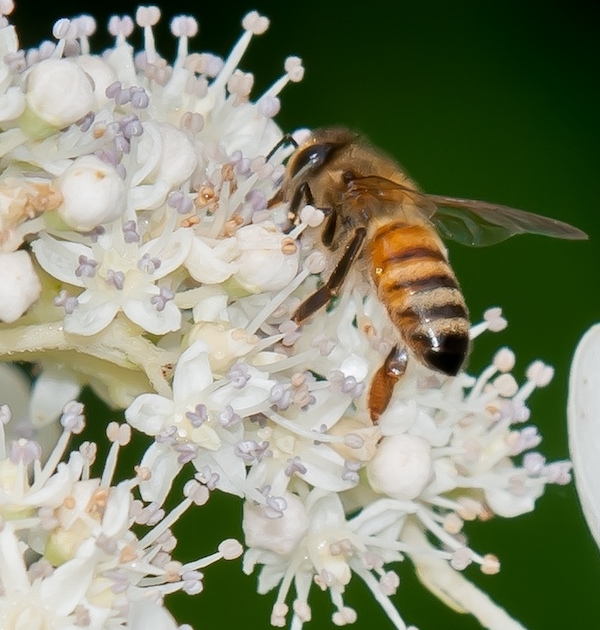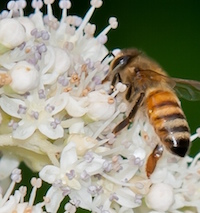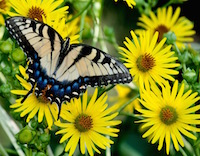The bees and other pollinators that fuel Georgia agriculture are crucial to the state’s economy, but no one really knows how many there are.
In honor of National Honey Day, August 18, UGA Cooperative Extension is announcing an ambitious plan to gauge the size and effect of the state’s pollinator population.
In 2019, University of Georgia Cooperative Extension will undertake a first-of-its-kind statewide pollinator count — the Great Georgia Pollinator Census — to gauge the number of wild and domestic pollinators in the state, population distributions and health.
The count will be held Aug. 23-24, 2019, in backyards, school gardens, city planters and forests across the state. After recruiting a team of volunteer citizen-scientists from across the state, UGA Extension will provide training on basic pollinator identification to prepare Georgians to count.
"We are encouraging every Georgia citizen to get involved with this project. Counting criteria and training will be available through the website, and there will be events centered on the project across the state,” said Becky Griffin, UGA Extension school garden and pollinator census coordinator. “We are using this as an opportunity to educate Georgians about the importance of pollinators and pollinator habitats while generating useful data about the types of pollinators in our state.”
Those interested in counting should visit GGaPC.org to sign up to participate and to find nearby events.
“We will be one of the first states that counts all of its pollinators,” Griffin said. “This will be big.”
Griffin modeled the program on the Great Backyard Bird Count, a citizen-science program run by Cornell University that asks people to count the birds they see in their backyard on a given winter day.
The Great Georgia Pollinator Census will work similarly, but citizens will count bumblebees, carpenter bees, small bees, flies, wasps, butterflies and other insects.
For a 15-minute period of time over the Aug. 23-24 time period, census takers will focus their attention on a plant in their yard or garden that is known to attract pollinators. They’ll submit their findings using a simple online form.
Researchers will then use the aggregated data to learn about pollinator populations across the state.
Griffin currently runs a smaller-scale pollinator census project at 50 school and community gardens across the state. In its second year, the pilot scale study has already helped Griffin identify some important differences between pollinators in urban and rural landscapes.
“We saw some statistically significant differences in the distributions of carpenter bees and honeybees,” Griffin said. “There were differences between rural and urban areas for them, but we didn’t see any difference in the distribution of smaller bees and butterflies.”
The school garden pollinator census project will ramp up its second year of counting now.
The success of this pilot census project gave Griffin confidence that she could teach people across the state how to identify pollinators and enlist them for the statewide census project.
To register to be a census taker, visit GGaPC.org. The Great Georgia Pollinator Census will also serve as the hub for learning about events and pollinator identification workshops across the state. Lesson plans and ideas for educators will be included on the website.
UGA Extension will work with Great Georgia Pollinator Census partners to host events statewide. To date, the State Botanical Garden of Georgia, the Daughters of the American Revolution and Monarchs Across Georgia are excited to partner with UGA for this project. Other partners will schedule events that will be posted on the website.
For more information about how to support Georgia pollinators, visit ugaurbanag.com/pollinators/.









